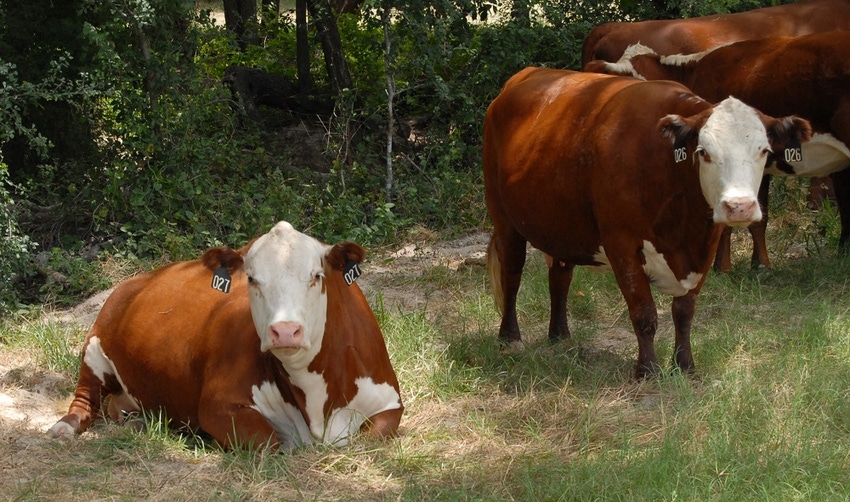
My veterinary practice almost never met the vision I had for it back in my college days. I dreamed of providing cutting edge service and information that would add profitability to serious producers.
Truth was, that there were lots of cattle but not many serious producers, and I was lacking in profitable information and knowledge and a bunch of advantageous skills.
One thing I did learn early on was that smaller cows (750 to 900 pounds) were a lot more profitable, responsive to treatment and often could be handled in wannabe facilities. The other thing I learned was the “old guys” could teach me more than I could teach them. More than twice I’ve had an old producer tell me, “Doc, they’re getting these cows too damned big.”
The most common question, or at least one of the most common questions I now receive is, “How do you come up with little cows?”
Since there is no longer an endless supply of these girls and the demand is growing, I’ll give ya’ll my best shots on the subject.
First I will list facts concerning smaller cows, and I want you to keep in mind that I do not consider a 900-pound cow to be little. I do consider any cow over 1,050 to 1,100 pounds to be big.
Facts about smaller cows
Cows loose reproductive efficiency when frame scores and muscling exceed 900 pounds in environments south of I-40. South of the Canadian border it might be 1,050.
Smaller cows are more profitable and longer-lived. We used to commonly see cows that were 20-plus years of age that had weaned 18 calves!
Most calves from 900-pound cows exceed 50% of mama’s weight at 210 days of age and commonly do not need weaning for an additional 100 days (310 days post weaning).
Smaller cows are easier to handle and not as rough on facilities, equipment, veterinarians and cowboys.
If forage dry matter (DM) is worth a nickel a pound then a 900-pound cow should consume less than $492 annually. A 1,400-pound cow will consume $766.20 (almost $300 more).
Here are some strategies we plan and execute to help insure that our cows remain sized to help maximize ranch profitability.
Strategies to get 900-pound cows
Get someone with good eyes (usually a cow buyer) and have him weigh your cows with his eyes. Do not forget your goals and his goals might be different but he can weigh your cattle with his eyes.
Identify easy-keeping, small-frame-score cows (probably less than frame score No. 2) that have well-supported smaller udders and teats that resemble your thumb. We’d like for them to have a calf at side, born in the first 20 days of the calving season that fits in the middle of the herd or slightly below in size. The calf should shine and move around easily (bounce). In many herds today these pairs stand out like “new money.”
Look for cows that are slick and have relatively short ribeye (loin) areas. They are not the long cattle we have been breeding during the past 40 or more years.
Use only bulls that exhibit the same visual characteristics with one major exception. Bulls need to be well-muscled and masculine, while cows need to be feminine and long-necked. Remember that masculine bulls throw feminine cows and visa-versa.
Keep and use every bull calf as a long yearling to breed cows and heifers as long as he has shed off and is slick, shorter coupled, has near perfect feet, matures early and moves around easy. If he has health issues, he leaves.
Sell the calves that are too big to match the middle. Chances are they have been on high-milking cows (2 to 4 gallons per day). These are are soggy and outweigh your average by 50 or more pounds at 210 days. They will sell good, and chances are you need the income.
Learn to apply controlled stress in your grazing program to regulate calf and especially yearling growth. This will develop a rumen and a work ethic in your future cow herd.
Staying at home and paying attention keeps the profit robbers to a minimum. I’ll follow up with some more thoughts in the near term on “controlled stress.”
Read Part II of this article by clicking this link: http://www.beefproducer.com/cow-calf/900-pound-cow-part-ii
About the Author(s)
You May Also Like






